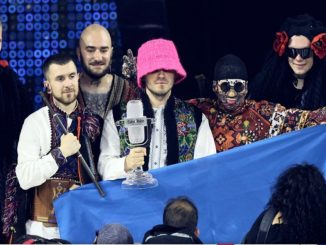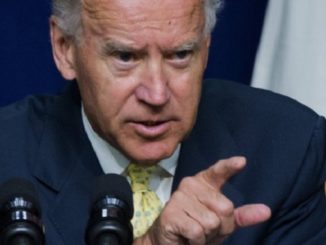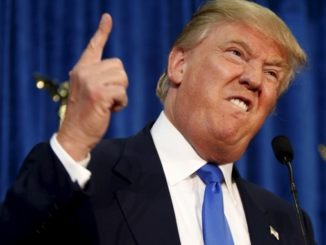
The majority of solar cells being produced at Tesla’s factory in upstate New York are being sold overseas instead of being used in the company’s trademark “Solar Roof” as originally intended, according to documents reviewed by Reuters.
The exporting underscores the depth of Tesla’s troubles in the U.S. solar business, which the electric car maker entered in 2016 with its controversial $2.6 billion purchase of SolarCity, Reuters adds.
Tesla has only sporadically purchased solar cells produced by its partner in the factory, Panasonic Corp, according to a Buffalo solar factory employee speaking on condition of anonymity. The rest are going largely to foreign buyers, according to a Panasonic letter to U.S. Customs officials reviewed by Reuters.
When the two firms announced the partnership in 2016, the companies said they would collaborate on cell and module production and Tesla would make a long-term commitment to buy the cells from Panasonic. Cells are components that convert the sun’s light into electricity; they are combined to make solar panels.
Tesla planned to use them in its Solar Roof, a system meant to look like normal roof tiles. Tesla Chief Executive Elon Musk billed the product as a cornerstone of the strategy behind the acquisition – selling a low-carbon lifestyle to eco-conscious consumers who could use the power from their Solar Roof to charge their Tesla electric vehicle.
However, Tesla has installed them on just a handful of rooftops nationwide so far after production line troubles and a gutting of the company’s solar sales team.
California state data shows 21 Solar Roof systems were connected by the state’s three investor-owned utilities as of Feb. 28. Only a few others were connected in the northeastern United States, according to a former Tesla employee with knowledge of the matter, who was laid off during staff cuts earlier this year and asked not to be named.
A company official said in an email “the number of solar roofs you cite in the story is low and unrepresentative as we are actively installing the Solar Roof in eight states currently.”
The situation raises new questions about the viability of cash-strapped Tesla’s solar business. Musk once called the deal a “no brainer” – but some investors panned it as a bailout of an affiliated firm at the expense of Tesla shareholders. Before the merger, Musk had served as chairman of SolarCity’s board of directors, and his cousin, Lyndon Rive, was the company’s CEO.
Panasonic also confirmed that the company was seeking to use its Buffalo operations to fulfill demand for U.S.-made solar cells from foreign buyers.
Panasonic had said in a filing with the U.S. Department of Commerce in October 2018 that foreign demand for U.S.-made solar cells had sprung up after the Trump Administration imposed tariffs on overseas-made panels in 2018.
Panasonic also produces traditional solar panels at the Buffalo plant for Tesla, but has been selling many of them to other buyers since at least last year due to low demand from the California car company, Reuters reported in August 2018. Tesla last month reported a 36 percent slide in its overall solar sales in the first quarter, adding to previous big drops since the SolarCity acquisition.




Be the first to comment